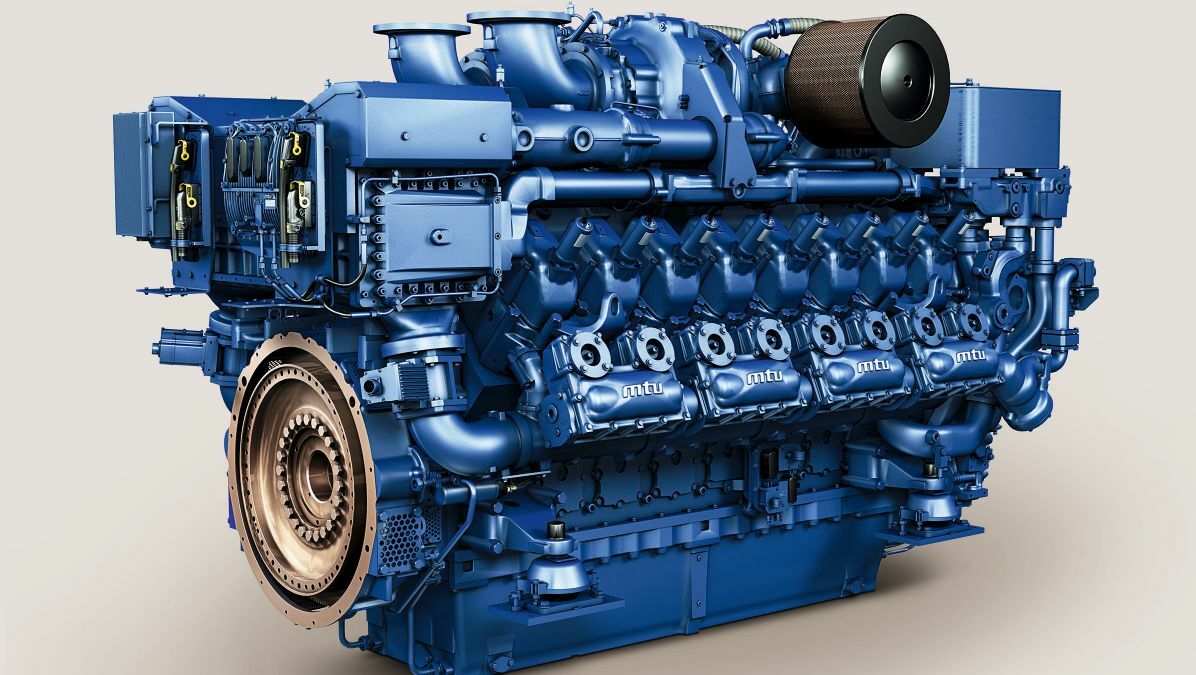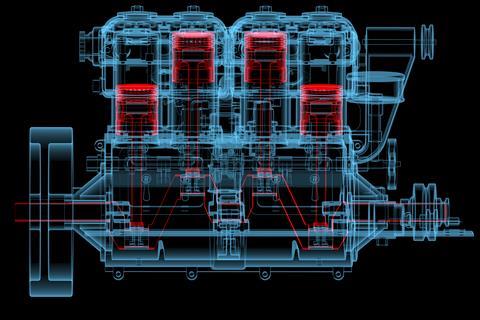Engines for Africa at Competitive Rates: Your Preferred Vehicle Components Shop
Engines for Africa at Competitive Rates: Your Preferred Vehicle Components Shop
Blog Article
The Quest for Ultimate Driving Power: Checking Out the Pinnacle of Engine Efficiency and Technological Innovations in the Automotive Field
In the world of vehicle design, the pursuit of optimum driving power has actually been a ruthless quest that has unfolded via the advancement of engine style and the integration of innovative modern technologies. From the precise workmanship of combustion engines to the fast improvements in electrical propulsion systems, the auto market stands at the cusp of a new age characterized by extraordinary performance capabilities.
Evolution of Engine Design

In addition, the assimilation of turbocharging and turbo charging innovations has reinvented engine layout by improving power without substantially enhancing engine size. These forced induction systems press the consumption air, enabling more fuel to be ignited, consequently generating higher power outcome from a smaller engine. This development has been specifically critical in improving the efficiency of smaller displacement engines while preserving fuel performance requirements.

Performance-Enhancing Fuel Technologies
The execution of sophisticated fuel technologies has actually substantially added to enhancing engine performance in contemporary automobiles. From traditional gas and diesel to cutting-edge biofuels, synthetic gas, and hydrogen, the vehicle sector is observing a transformation in fuel options. Biofuels, stemmed from eco-friendly sources like algae, corn, or sugarcane, offer boosted and reduced emissions engine efficiency. Artificial fuels, produced via chemical procedures, give high octane rankings, boosting power output. Hydrogen gas cells, although still in the early phases of adoption, reveal excellent assurance due to their zero-emission nature and possibility for high performance. Furthermore, fuel additives and detergents are being developed to tidy engine elements, optimize combustion, and lower rubbing, thereby enhancing general lorry efficiency. With ongoing r & d, the pursuit for the best driving power continues, as engineers aim to open the full capacity of performance-enhancing gas modern technologies in the automotive market.
Advancements in Electric Propulsion
Significant strides in electric propulsion technology have actually changed the vehicle market, leading the way for a new period of efficient and sustainable transportation. Electric lorries (EVs) are getting appeal due to their environmental advantages and innovations in battery technology, making it possible for longer driving ranges and shorter billing times. Producers are spending greatly in r & d to boost the efficiency of electric propulsion systems, concentrating on raising power output, enhancing power effectiveness, and reducing total weight.
One significant advancement in electrical propulsion is the development of innovative electric webpage motors that supply higher torque and power thickness, causing boosted velocity and general driving performance. Furthermore, regenerative braking systems have been improved to store and record energy throughout deceleration, further boosting the performance of EVs.
Additionally, the integration of clever innovations, such as man-made intelligence and anticipating analytics, is enhancing the management of electrical propulsion systems, making sure optimal efficiency under different driving conditions. These advancements in electrical propulsion are reshaping the auto landscape, driving the market towards a more lasting and electrified future.
Influence of Computational Liquid Dynamics
With advancements in electrical propulsion pushing the boundaries of vehicle technology, the assimilation of Computational Fluid Characteristics is playing an essential role in maximizing aerodynamic efficiency and enhancing total effectiveness in lorry layout. Computational Liquid Dynamics (CFD) involves using computer simulations to evaluate the circulation of air around a car, allowing designers to forecast how design changes will influence aerodynamics without the demand for costly physical prototypes. By accurately modeling air flow patterns, CFD enables the refinement of car shapes to lower drag, boost air conditioning, and enhance security.
CFD makes it possible for designers to enhance airflow around components such as radiators, engine bays, and wheel wells, contributing to boosted efficiency and overall driving experience. In conclusion, the integration of Computational Fluid Characteristics stands for a considerable step onward in the mission for supreme driving power and efficiency in the automotive sector.
Future Patterns in Engine Development
In the vibrant landscape of vehicle engineering, innovative improvements are shaping the future trajectory of engine innovation. The future of engine layout is marked by a solid emphasis on performance, sustainability, and performance. Producers are significantly concentrating on developing engines that not just provide high power outputs yet also focus on ecological responsibility by enhancing and lowering emissions gas performance.
One popular pattern in engine development is the top article surge of electrification. Hybrid and electric powertrains are gaining traction as practical alternatives to conventional burning engines. These technologies supply the capacity for significant reductions in carbon discharges and raised energy effectiveness, straightening with international initiatives to battle climate change.
Additionally, developments in products science and manufacturing methods are making it possible for the production of lighter and much more long lasting engine parts. This shift in the direction of light-weight products such as carbon fiber and light weight aluminum alloys adds to improved performance and gas economic climate.
Final Thought
In verdict, the search of best driving power in the automotive sector remains to drive innovations in engine design, fuel technologies, electric propulsion, and computational liquid characteristics. The advancement of these technologies is forming the future of engine technology, leading the way for extra effective and effective automobiles (engines for africa). As the market remains to push the boundaries of what is possible, we can expect to see much more groundbreaking developments in the pursuit for peak efficiency
One of the key milestones in engine design advancement is the change from standard carbureted engines to contemporary fuel-injected systems. By exactly metering the fuel delivery to each cylinder, fuel-injected engines enhance burning, resulting in better efficiency and lowered environmental impact.
Furthermore, the assimilation of turbocharging and supercharging technologies Discover More Here has actually transformed engine design by improving power without substantially enhancing engine dimension (engines for africa).The application of advanced gas innovations has actually substantially contributed to boosting engine performance in modern-day automobiles. Additionally, fuel additives and cleaning agents are being developed to clean engine elements, optimize combustion, and lower friction, therefore improving overall automobile efficiency
Report this page